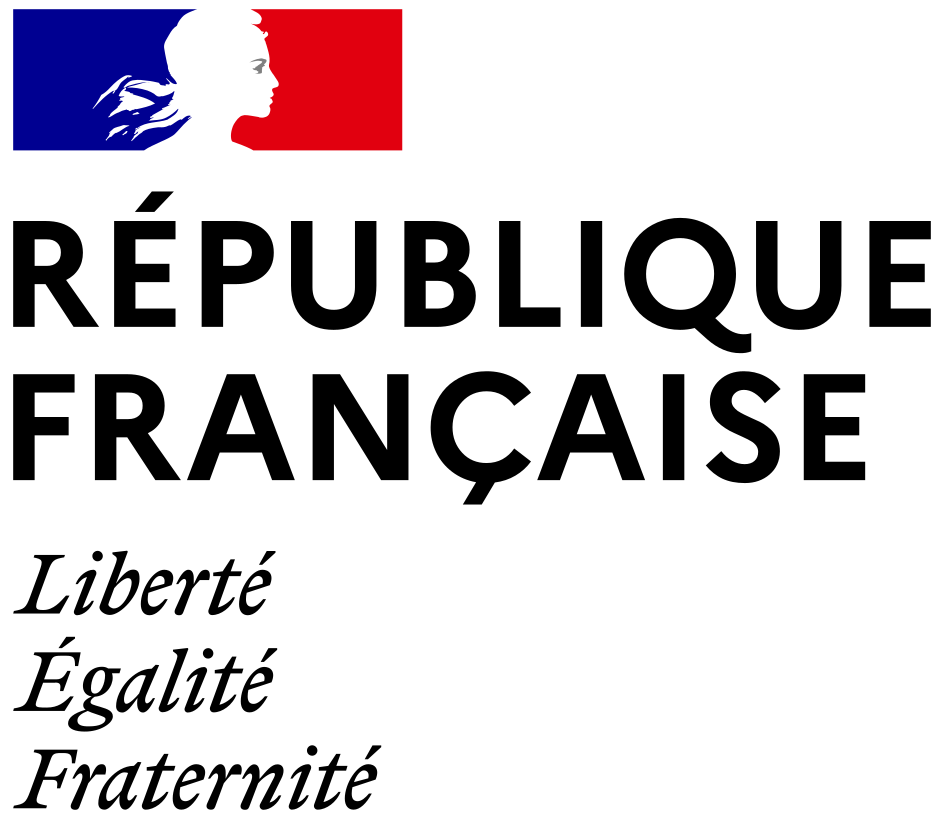Continuity and diversity of Roman pottery production at Famars (northern France) in the 2nd-4th centuries AD: insights from the pottery waste
Résumé
Grey and cream ware were widely produced and traded in Roman towns in Northern France (a region known as Civitas Nerviorum). A large production centre of grey and cream ware in northern France was Famars, where 15 pottery kilns functioned between the 2nd and 4th centuries AD. In order to identify the raw materials and to reconstruct the technology of grey and cream ware produced at Famars, 51 sherds found in the pottery waste, associated with kilns, were investigated by means of optical microscopy, X-ray fluorescence spectrometry, cold field emission scanning electron microscopy and electron microprobe analysis. The optical microscopy analysis allowed to define the Quartz (Qz), Microfossil-Glauconite (MFG) and Quartz-Microfossil-Glauconite (QzMFG) petrographic groups, as well as the Quartz + Argillaceous Rocks Fragments (QZ + ARF), Microfossil-Glauconite Fine (MFG Fine) and Microfossil-Glauconite + Chamotte (MFG + Chm) variants. The defining components for all groups are quartz, glauconite pellets and microfossils, but in variable proportions. The chemical data support the optical microscopy analysis and reveal the differences between the petrographic groups: Qz sherds are rich in Si and Fe, whereas MFG sherds contain more Ca, Al and K. Firing phases, as seen in scanning electron microscopy analysis, include glass, melilite, clinopyroxene and an Fe aluminosilicate. The matrix of most sherds of the MFG and QzMFG groups shows low sintering and initial vitrification, while the matrix of the Qz group displays mostly extensive and continuous vitrification. The results permitted to identify two kinds of raw materials, most likely originating from local georesources. One raw material, with high Si and Fe, was fired in a reducing kiln atmosphere in order to produce grey ware, while the other, with high Ca, Al and K, was fired in oxidising conditions in order to produce cream ware.

